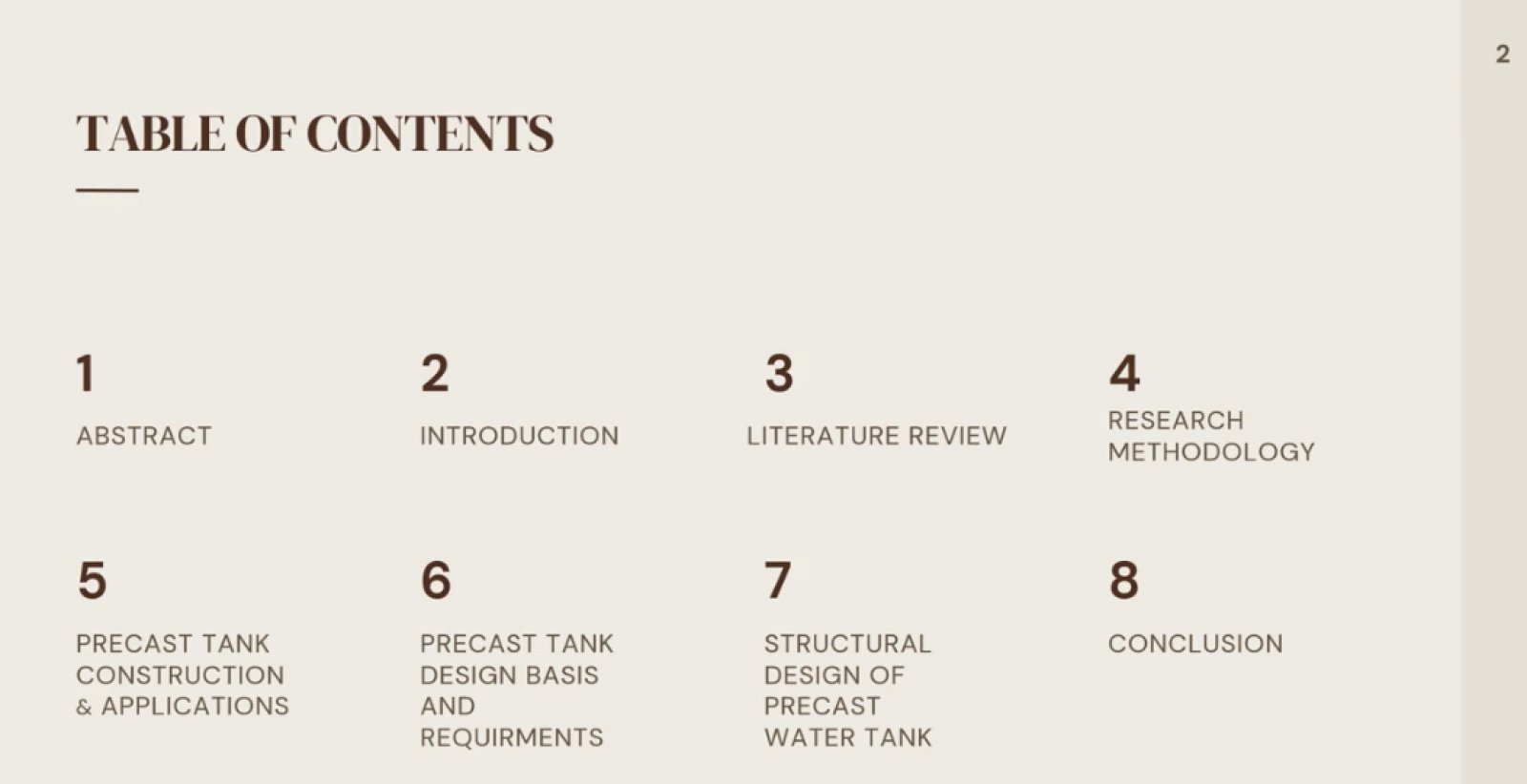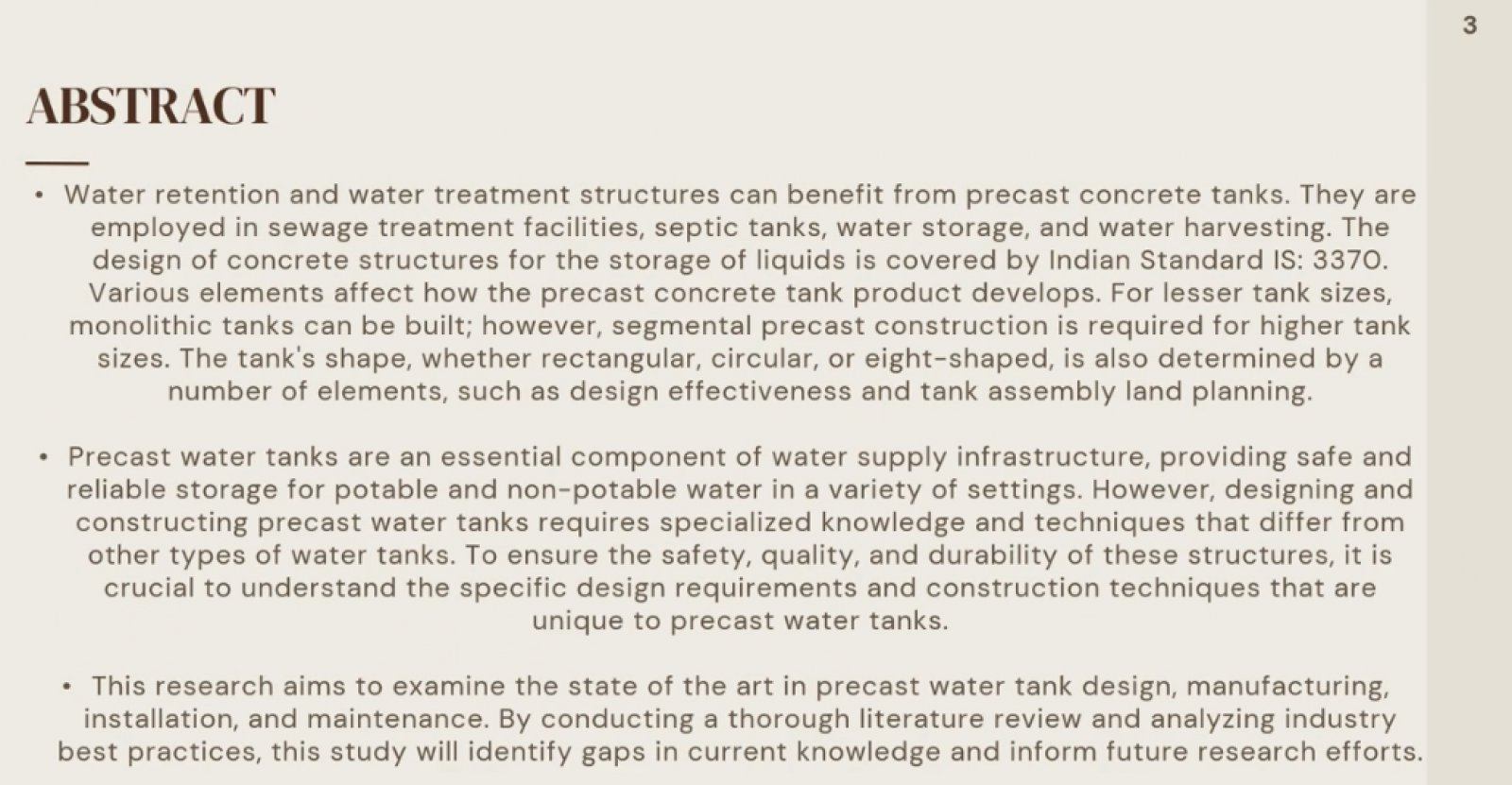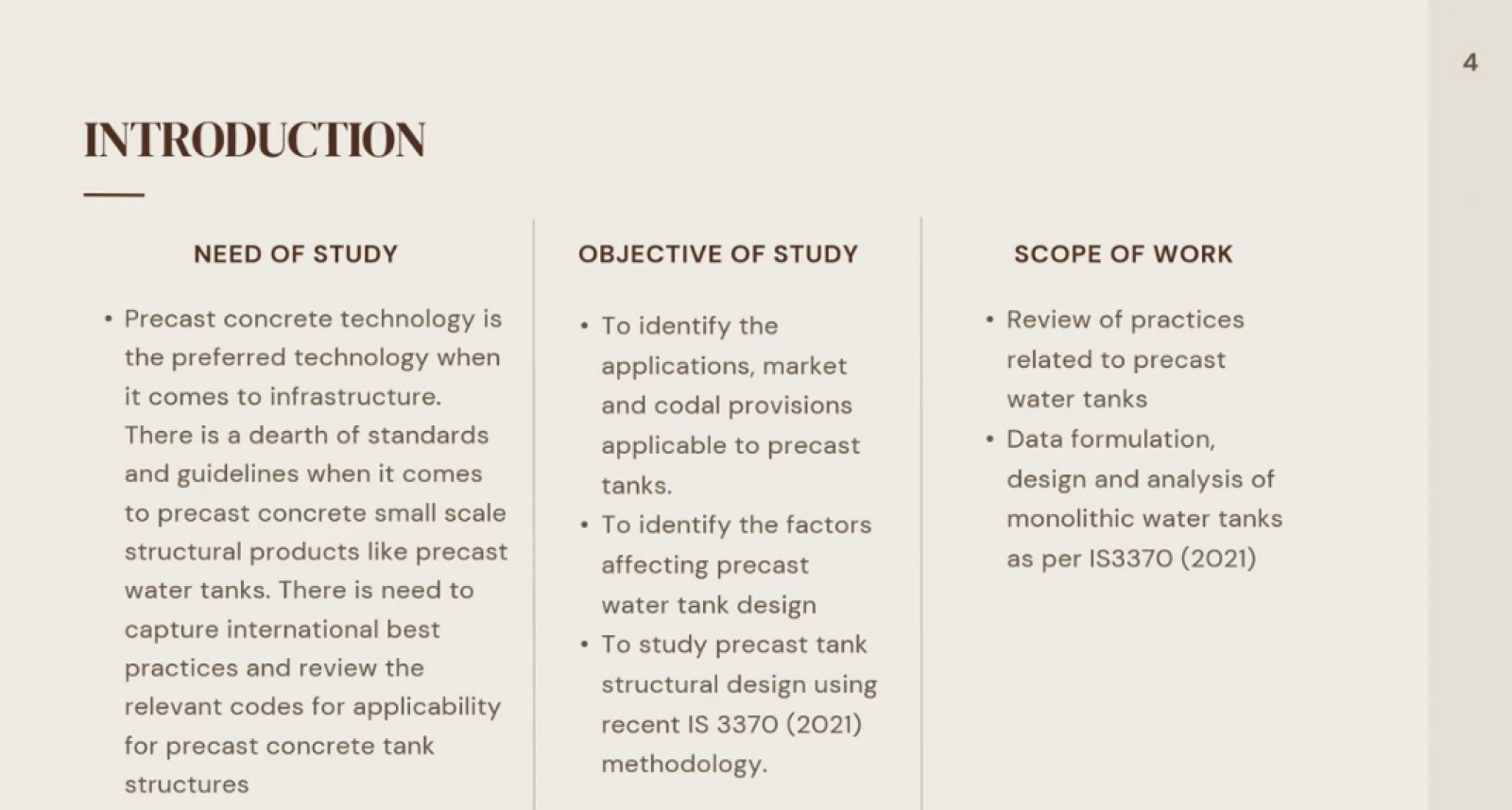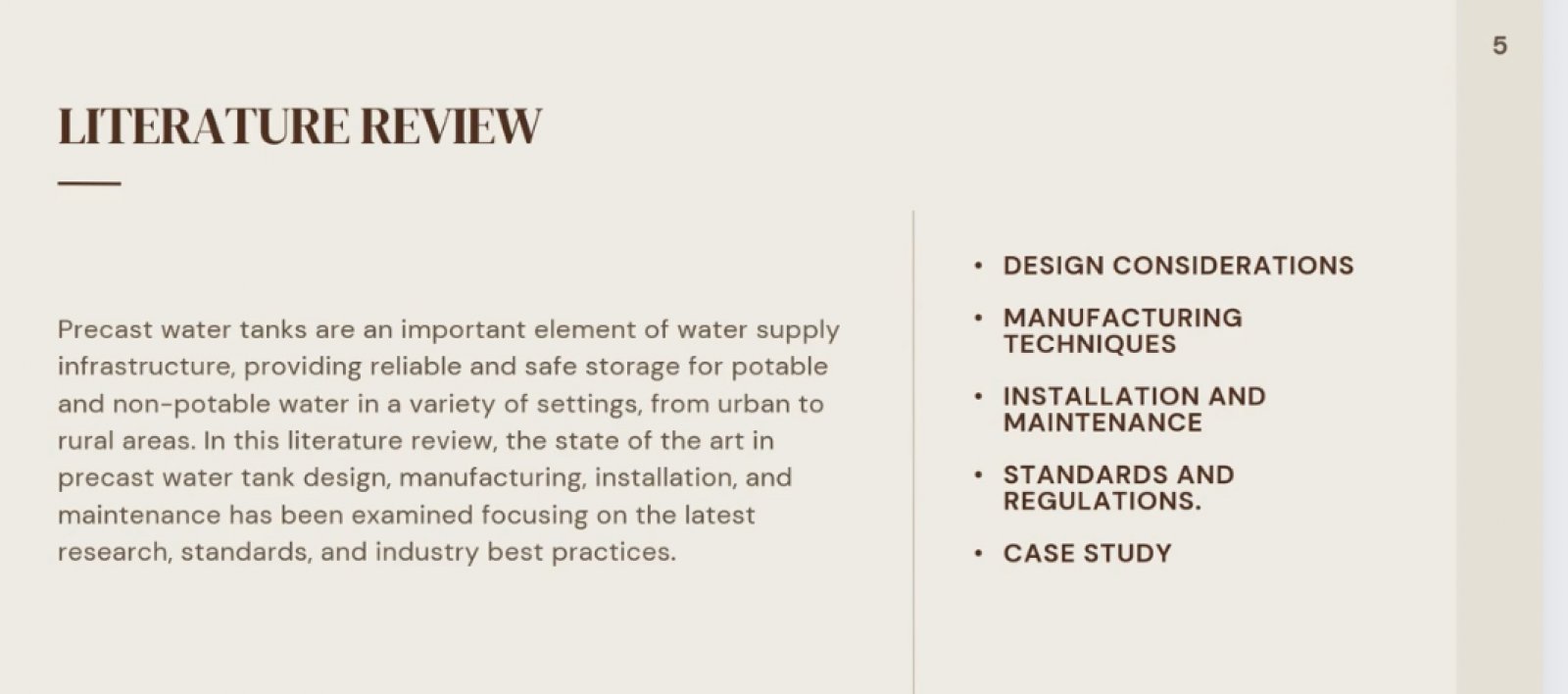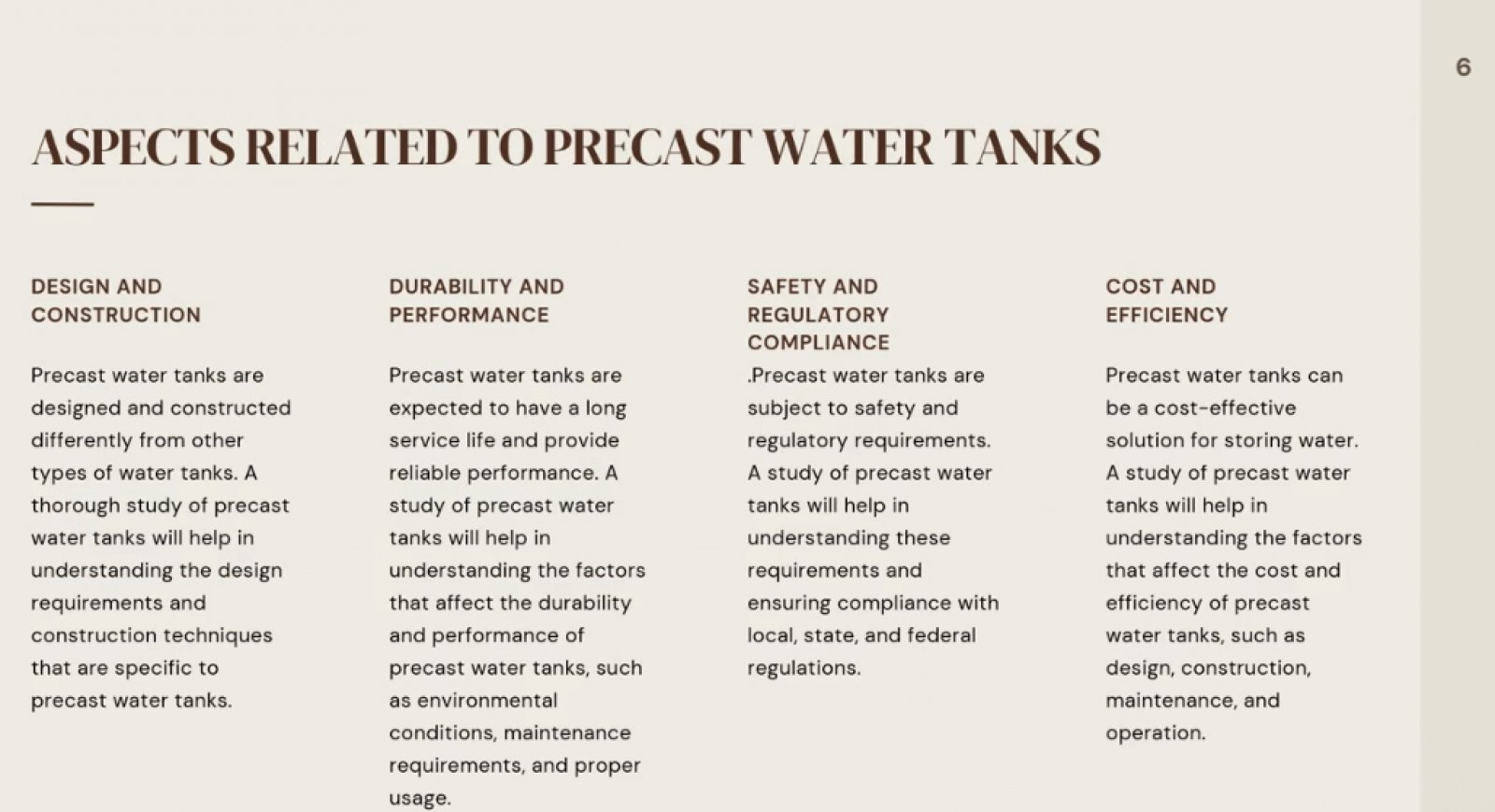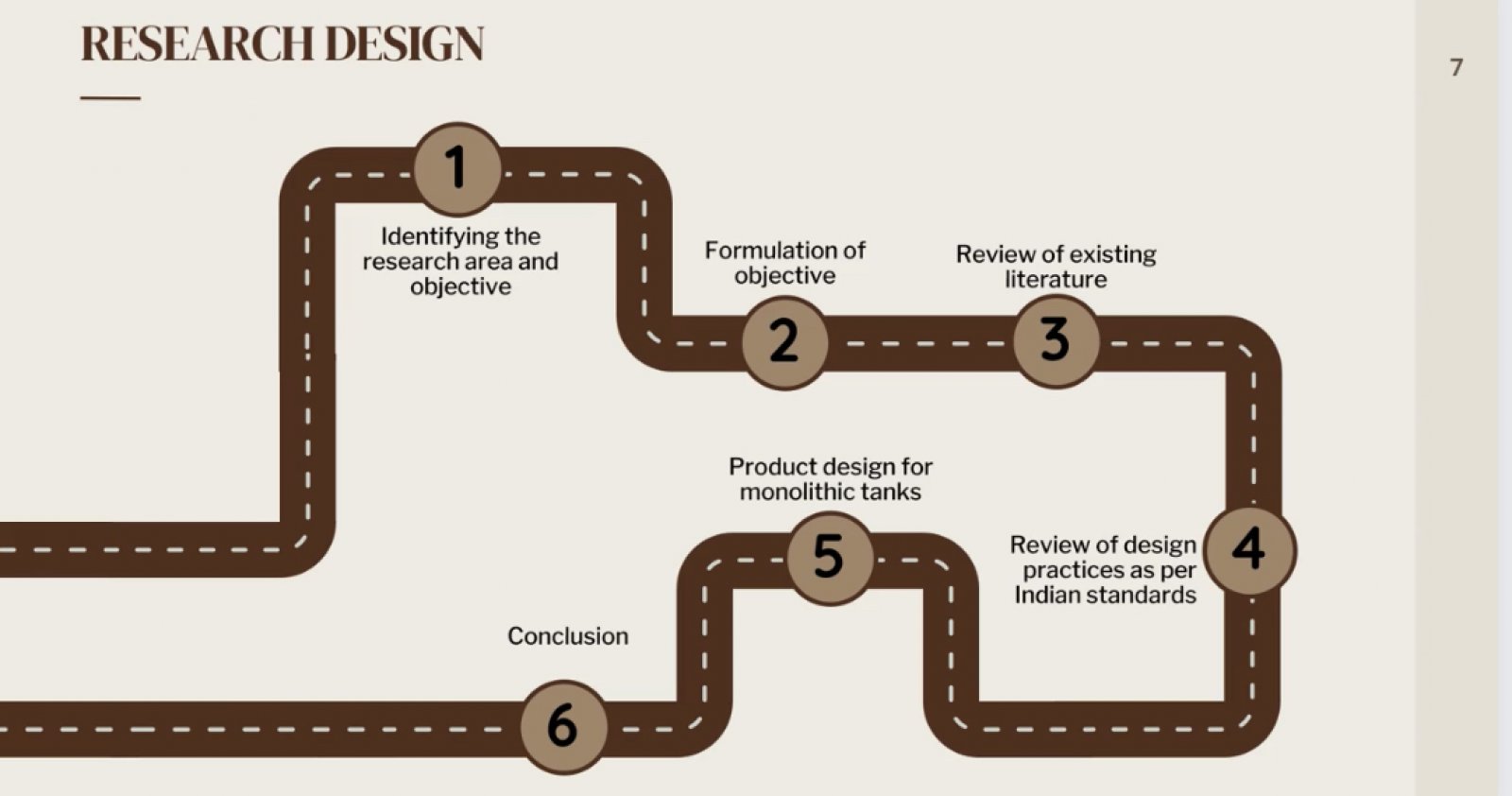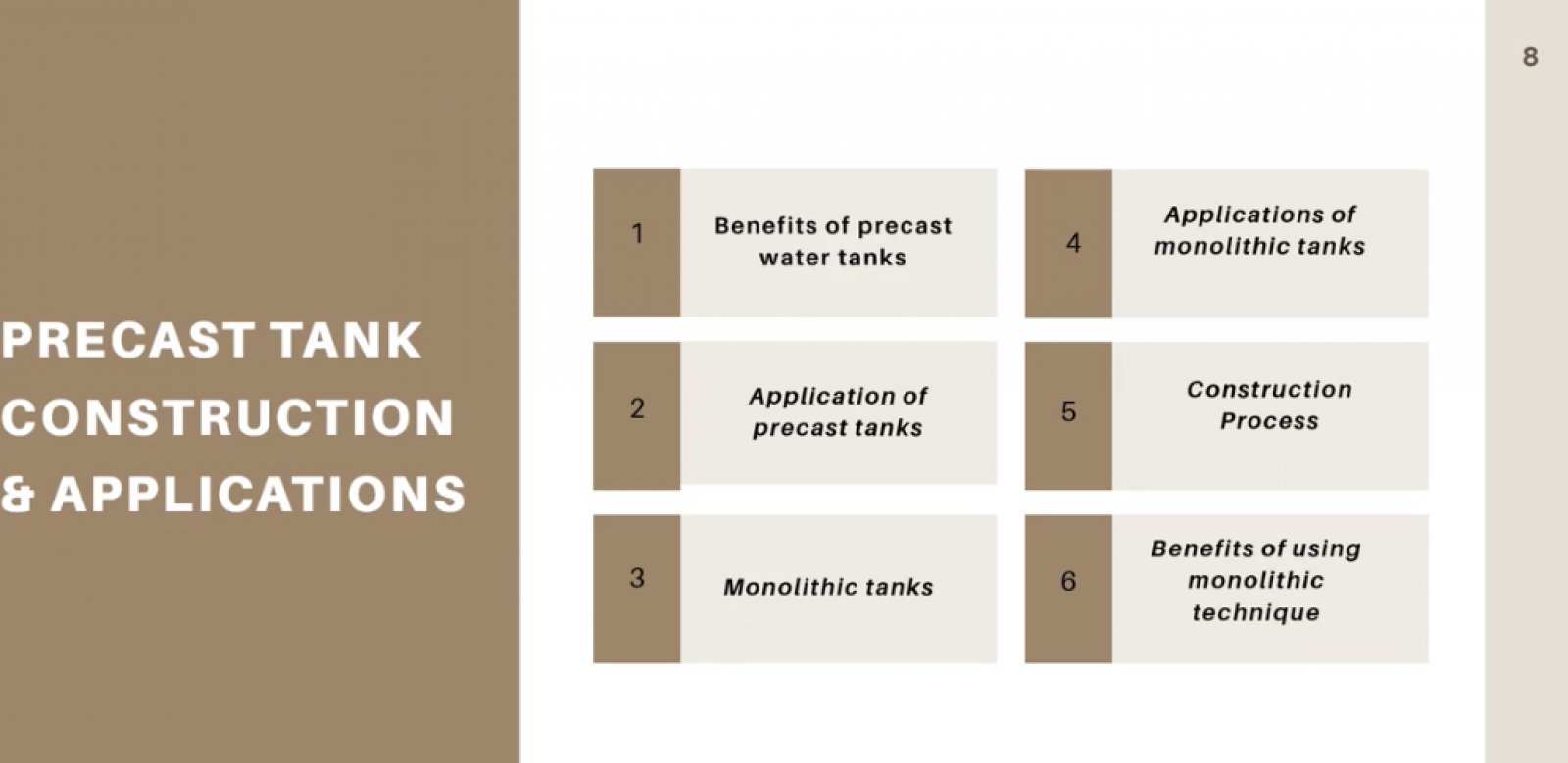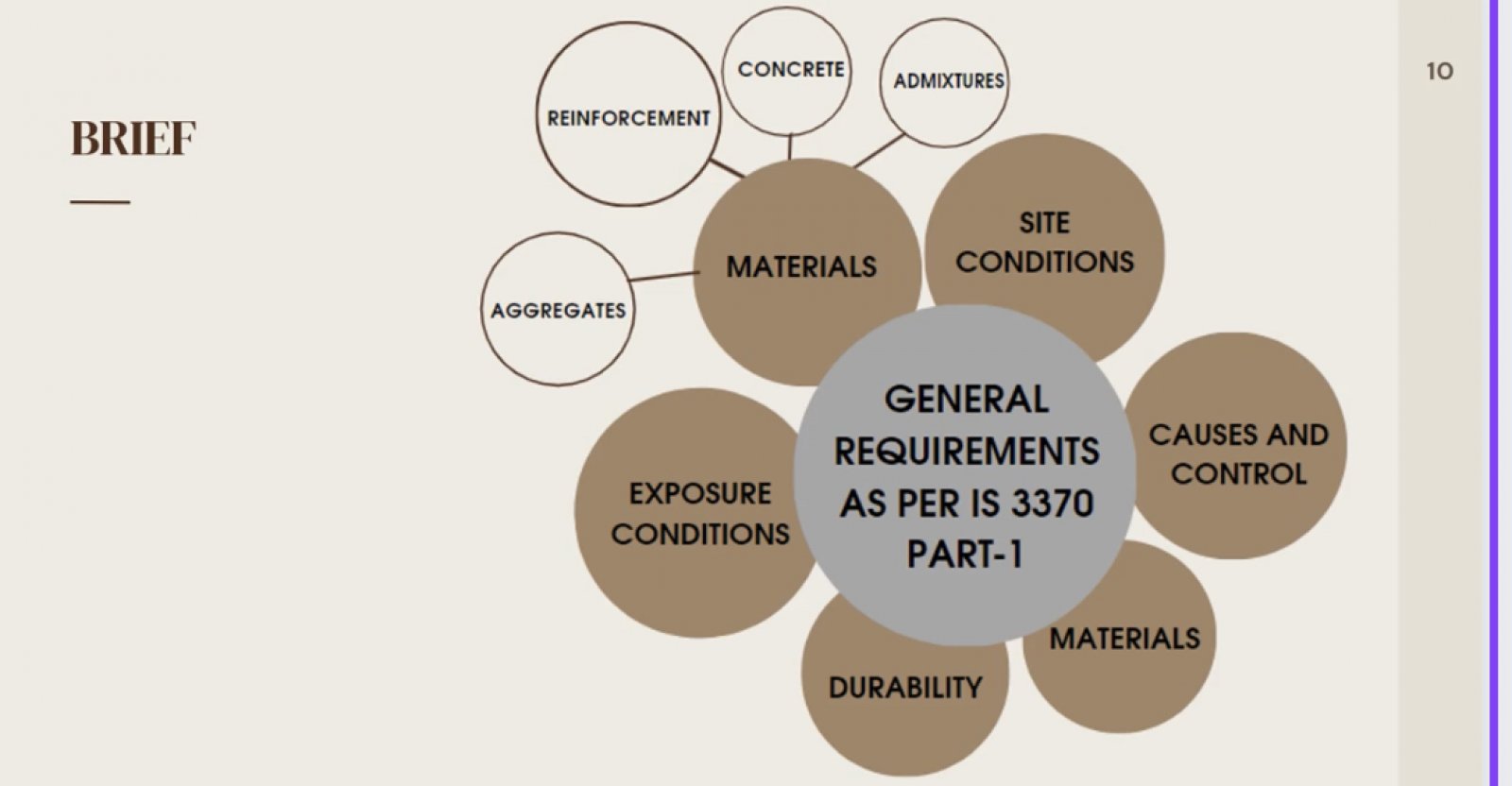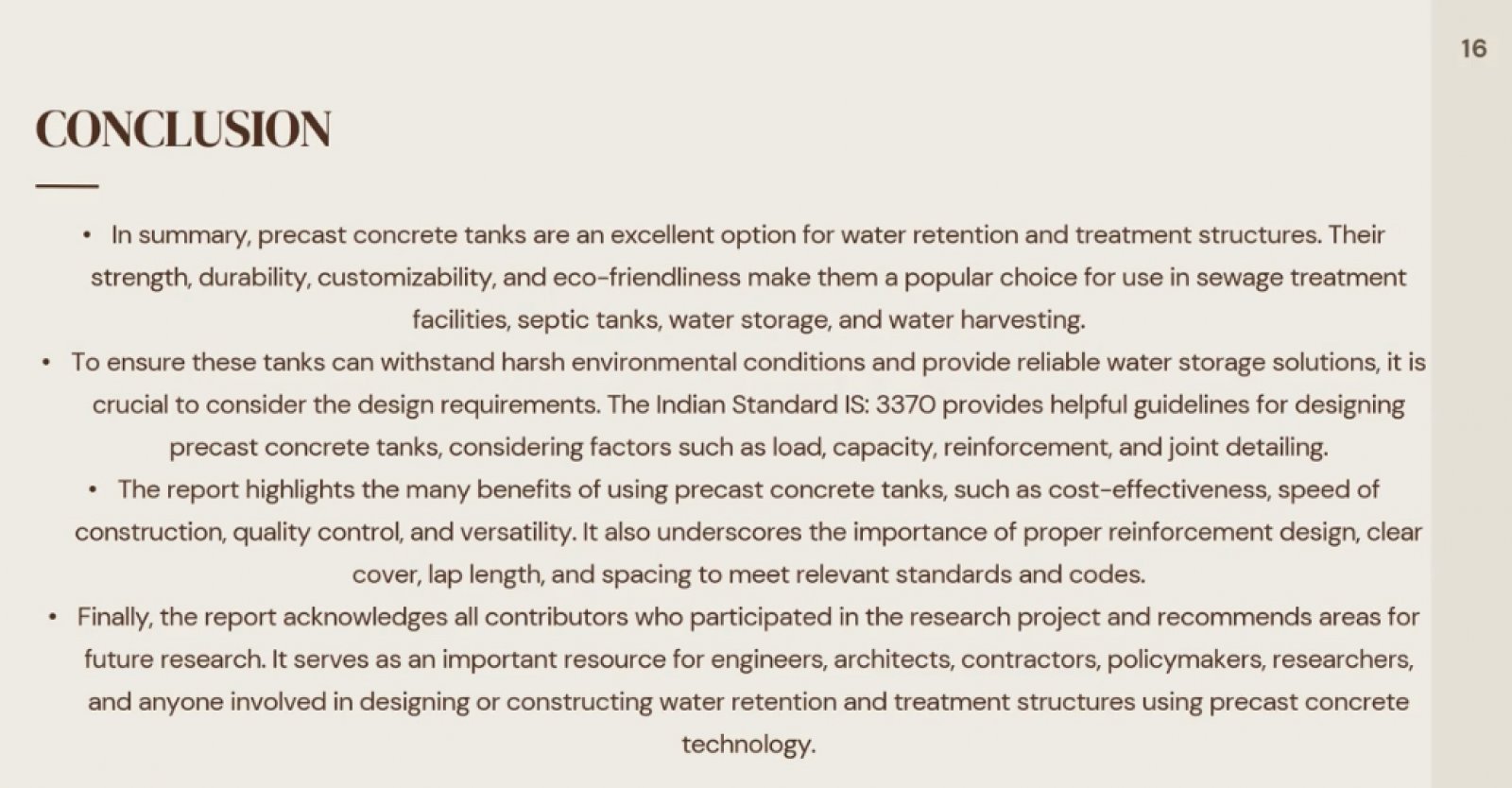Your browser is out-of-date!
For a richer surfing experience on our website, please update your browser. Update my browser now!
For a richer surfing experience on our website, please update your browser. Update my browser now!
Water retention and water treatment structures can benefit from precast concrete tanks. They are employed in sewage treatment facilities, septic tanks, water storage, and water harvesting. The design of concrete structures for the storage of liquids is covered by Indian Standard IS: 3370. Various elements affect how the precast concrete tank product develops. For lesser tank sizes, monolithic tanks can be built; however, segmental precast construction is required for higher tank sizes. The tank's shape, whether rectangular, circular, or eight-shaped, is also determined by a number of elements, such as design effectiveness and tank assembly land planning. Precast water tanks are an essential component of water supply infrastructure, providing safe and reliable storage for potable and non-potable water in a variety of settings. However, designing and constructing precast water tanks requires specialized knowledge and techniques that differ from other types of water tanks. To ensure the safety, quality, and durability of these structures, it is crucial to understand the specific design requirements and construction techniques that are unique to precast water tanks. This research aims to examine the state of the art in precast water tank design, manufacturing, installation, and maintenance. By conducting a thorough literature review and analysing industry best practices, this study will identify gaps in current knowledge and inform future research efforts.
View Additional Work